The top wearable trends in 2025, from smart rings and AR to fitness and more
Wearables are set to have a big year
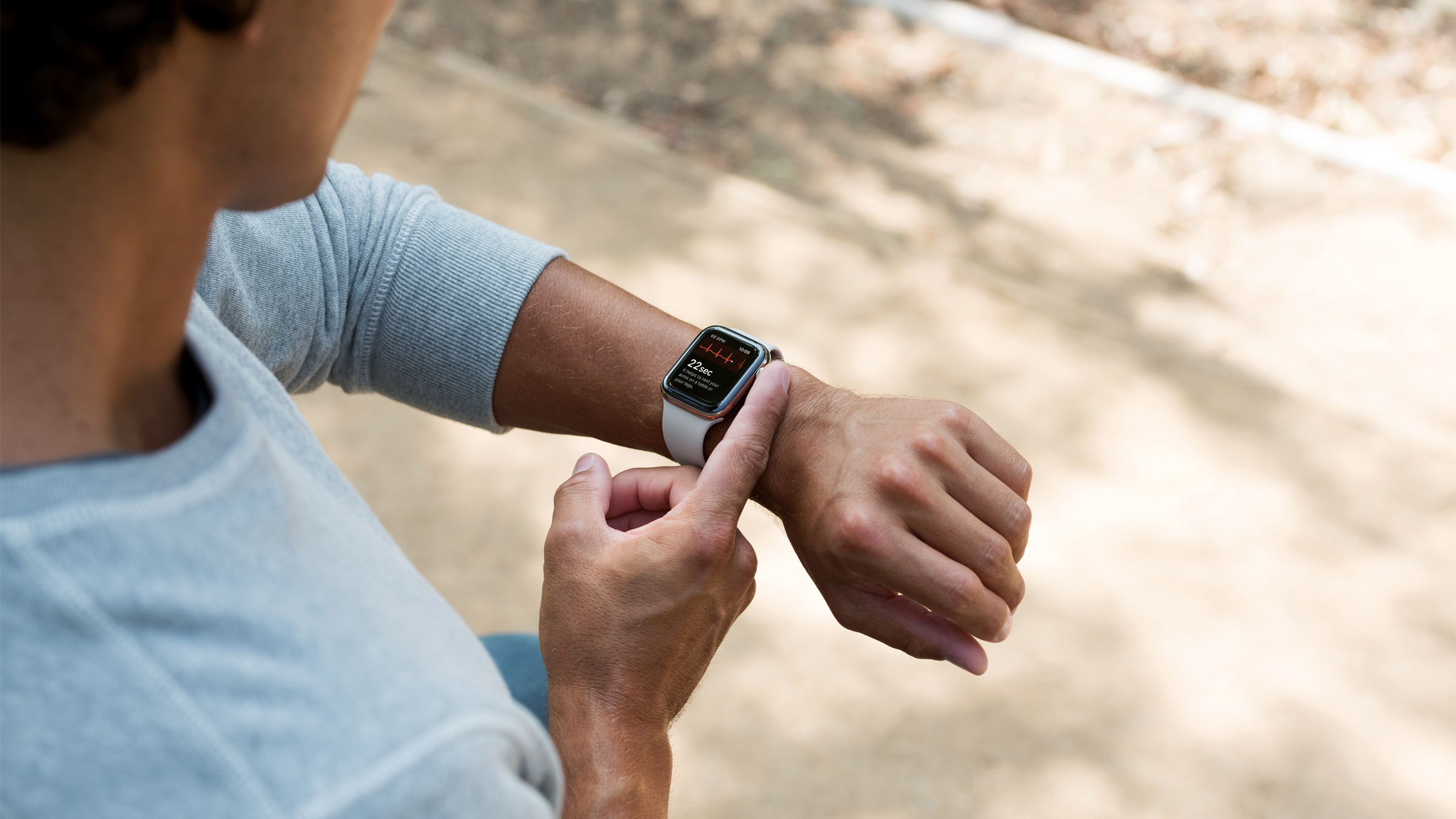

Wearables have come a long way from the days of basic fitness trackers and bulky smartwatches. In 2025, the landscape is more diverse and sophisticated than ever, with devices evolving to become smaller, more stylish, and more seamlessly integrated into our daily lives.
Whether it’s the rise of discreet smart rings, the long-awaited mainstream adoption of AR wearables (e.g. Snap Spectacles), or the fusion of fashion and tech, this year is shaping up to be a defining one for wearable innovation.
One of the biggest trends in 2025 is the push toward minimalism and functionality, particularly with smart rings, which are increasingly becoming the next must-have wearable.
These tiny yet powerful devices are challenging the best smartwatches by offering many of the same features – health tracking, contactless payments, and smart home control – without the bulk.
At the same time, augmented reality wearables, including smart glasses and mixed-reality headsets, are becoming more refined and practical. Tech giants like Apple, Meta, and Xreal are pushing the boundaries of AR, and we're excited to see what 2025 has in store.
Beyond functionality, wearables are also evolving into true fashion statements, and health and wellness remain at the core of wearable tech, with new biometric sensors providing deeper insights into everything from stress levels to hydration.
Today, we're taking a look at what this year could bring for wearables and why we're excited about a big 2025 for the industry.
Sign up to the T3 newsletter for smarter living straight to your inbox
Get all the latest news, reviews, deals and buying guides on gorgeous tech, home and active products from the T3 experts
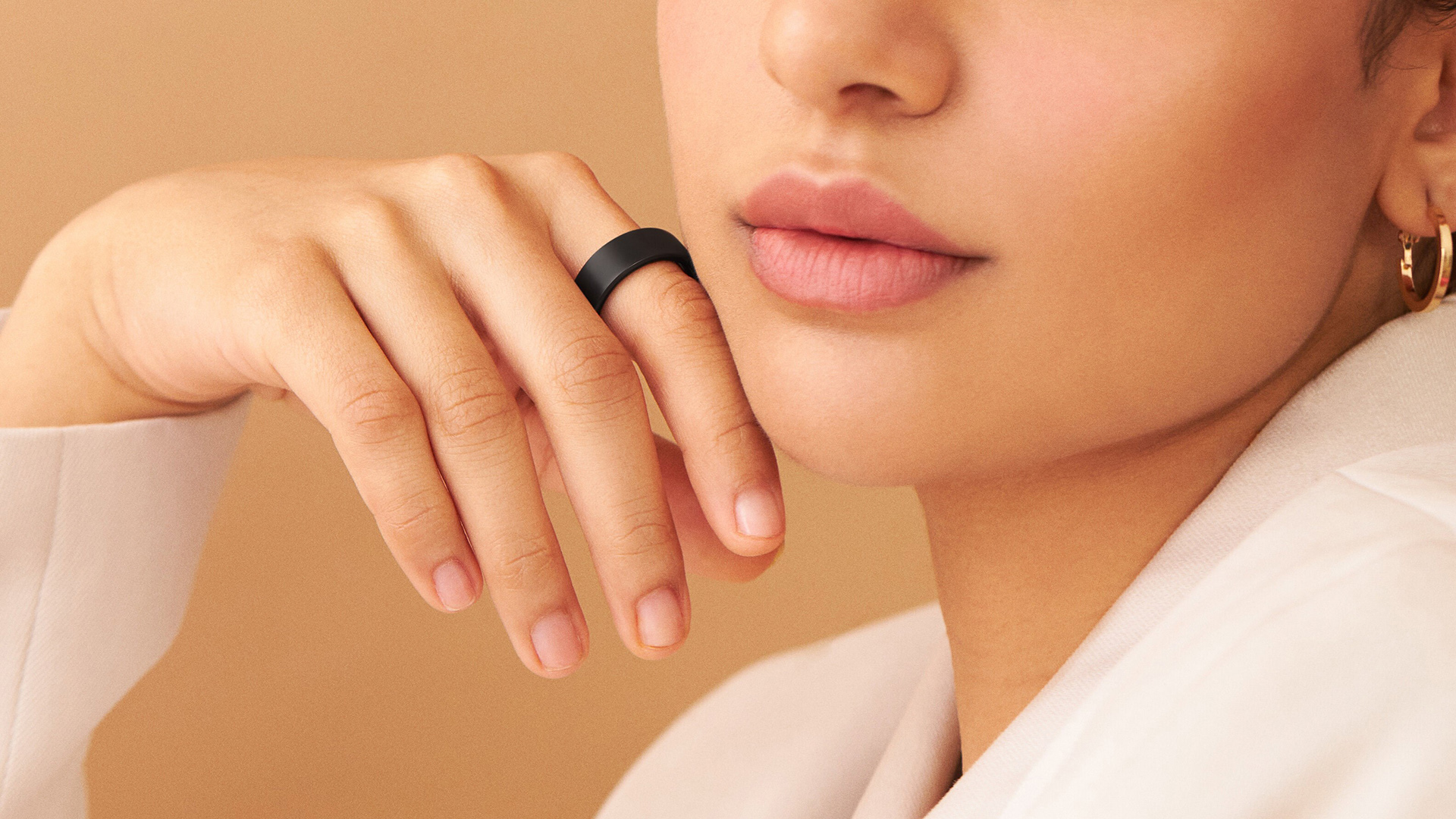
Smart rings: a minimalist alternative to smartwatches
In 2025, smart rings are emerging as one of the most exciting trends in wearable tech, offering a sleek and discreet alternative to traditional smartwatches.
Unlike bulky wrist-based wearables, smart rings pack advanced sensors and connectivity features into a compact, lightweight form factor, and can discreetly monitor vital health metrics such as heart rate, blood oxygen levels, sleep quality, and even stress levels.
Leading brands like Oura, Samsung (with its Galaxy Ring), and Ultrahuman are driving innovation, with each offering a unique take on the smart ring concept.
The Oura Ring 4 has set the benchmark for health tracking, providing in-depth sleep analysis and readiness scores based on daily activity. Meanwhile, Samsung's Galaxy Ring is expected to introduce seamless integration with Galaxy smartphones and the broader Samsung ecosystem, making it a compelling option for Android users.
One of the key advantages of smart rings over smartwatches is their ability to blend into everyday life effortlessly. With no need for a display or frequent interaction, they offer a passive but effective way to track health and wellness.
Battery life is also a major selling point, with most smart rings lasting several days to a week on a single charge – far outperforming the daily recharge cycle of most smartwatches. Additionally, as rings are naturally worn 24/7, they provide more consistent and accurate data, particularly for sleep.
The rise of smart rings signals a broader shift towards minimalist wearables – devices that work in the background without demanding constant attention.
As AI personalisation improves, smart rings could become even smarter, offering context-aware notifications, automatic fitness adjustments, and seamless integration with your smart home devices.

AR wearables: Smart glasses go mainstream
AR wearables have long been seen as the future of interactive tech, but adoption has remained slow up until now due to high costs, clunky designs, and limited real-world uses. However, 2025 is shaping up to be the year when AR glasses and mixed-reality headsets take a significant leap.
Major players like Apple, Meta, Xreal, and TCL are refining their devices to be more practical, stylish, and user-friendly, moving AR beyond the realm of niche enthusiasts and into the mainstream. With improvements in processing power, battery life, and displays, they're becoming a more viable alternative to traditional screens.
One of the biggest developments in AR is the shift from bulky headsets to lightweight, everyday glasses that seamlessly integrate digital overlays into the real world.
Meta’s latest smart glasses, developed in partnership with Ray-Ban, have introduced live-streaming capabilities and AI-driven assistance, making them a natural extension of the smartphone.
Meanwhile, the Apple Vision Pro is redefining mixed reality by blending virtual and augmented elements into a high-end headset designed for both work and entertainment, albeit at a very high price tag. At the same time, companies like Xreal and TCL are focusing on more affordable AR glasses that offer practical applications like real-time translations and hands-free navigation.
Beyond entertainment, AR wearables are making a move into productivity and fitness. For example, office workers can use AR glasses for immersive meetings, multi-screen computing, and real-time task management, reducing their dependence on traditional displays.
Fitness-focused AR wearables, on the other hand, can enhance workouts with interactive coaching, live performance feedback, and gamified exercise routines. In industries like health care and manufacturing, AR glasses are proving to be powerful tools for training, remote assistance, and on-the-job guidance.
Despite these advancements, some challenges remain. Battery life is still a limiting factor, as even the most advanced AR glasses struggle to last a full day of use. Privacy concerns are also still there, with users and bystanders wary of always-on cameras and data collection.
Additionally, while AR glasses are becoming sleeker, they still have a long way to go before they can fully replace traditional eyewear in terms of comfort and style.

Fitness wearables: Keeping healthy
Health tracking has always been at the heart of wearables, but in 2025, it is becoming more advanced than ever. Smartwatches, rings, and other wearables are now equipped with next-generation biometric sensors that go beyond step counting and heart rate monitoring.
New capabilities include continuous blood glucose tracking, hydration monitoring, and stress detection using AI algorithms, while wearables like WHOOP and Fitbit focus on recovery insights, helping users optimise rest and activity based on their body's signals.
Meanwhile, smart rings are proving especially effective for sleep tracking, offering deeper insights into sleep stages, oxygen saturation, and overnight heart rate variability, all of which can make a difference.
AI-driven personal coaching could also become a game-changer, with wearables providing real-time feedback tailored to the user. Fitness-focused devices can now analyse workout form, suggest optimal training loads, and even predict injury risk based on movement patterns.
As health wearables become more intelligent, they are also becoming more proactive. Instead of simply tracking data, modern devices can now detect potential health issues before symptoms appear, prompting users to take preventative action.

Wearables in 2025: A good year ahead
Wearable tech in 2025 is set to be more advanced, stylish, and seamlessly integrated into daily life than ever before.
Smart rings are emerging as the go-to option for discreet health tracking, AR wearables are finally becoming practical for everyday use, and fashion-tech collaborations are making wearables more appealing to a wider audience.
Meanwhile, AI-driven personalisation and cutting-edge biometric sensors are pushing health-focused wearables beyond simple tracking, turning them into proactive wellness tools. Even smart clothing is gaining traction, hinting at a future where technology is embedded in what we wear, not just what we carry.
Looking ahead, wearables are expected to become even more intuitive, with AI and machine learning making them better at predicting user needs. The integration of 6G, longer battery life, and more sustainable materials will further refine these devices, making them an essential part of modern life.
As technology continues to shrink and improve, wearables may eventually become nearly invisible, blending seamlessly into accessories, clothing, and even the human body.
Max Slater-Robins has written for T3 now on and off for over half a decade, with him fitting in serious study at university in between. Max is a tech expert and as such you'll find his words throughout T3.com, appearing in everything from reviews and features, to news and deals. Max is specifically a veteran when it comes round to deal hunting, with him seeing out multiple Black Friday campaigns to date.
You must confirm your public display name before commenting
Please logout and then login again, you will then be prompted to enter your display name.
-
 3 overrated shoulder exercises, according to a fitness expert (and what to do instead)
3 overrated shoulder exercises, according to a fitness expert (and what to do instead)Sculpt 3D shoulders whilst minimising injury with these three alternative exercises
By Bryony Firth-Bernard Published
-
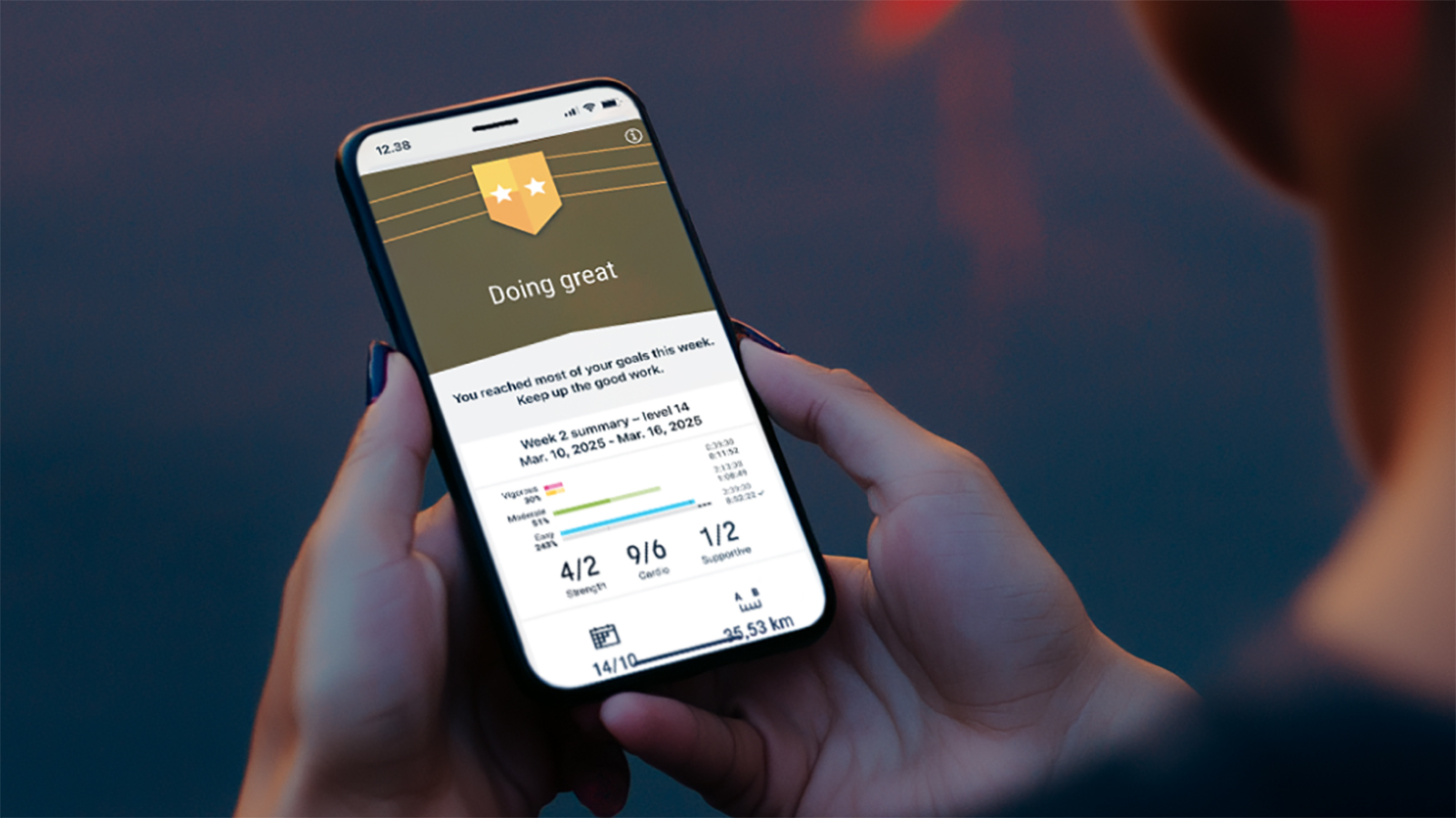 Polar’s new subscription feature lands in the shadow of Garmin’s Connect+ rollout
Polar’s new subscription feature lands in the shadow of Garmin’s Connect+ rolloutPR genius or timing disaster? Polar’s new Fitness Programme adds adaptive training to its ecosystem
By Matt Kollat Published
-
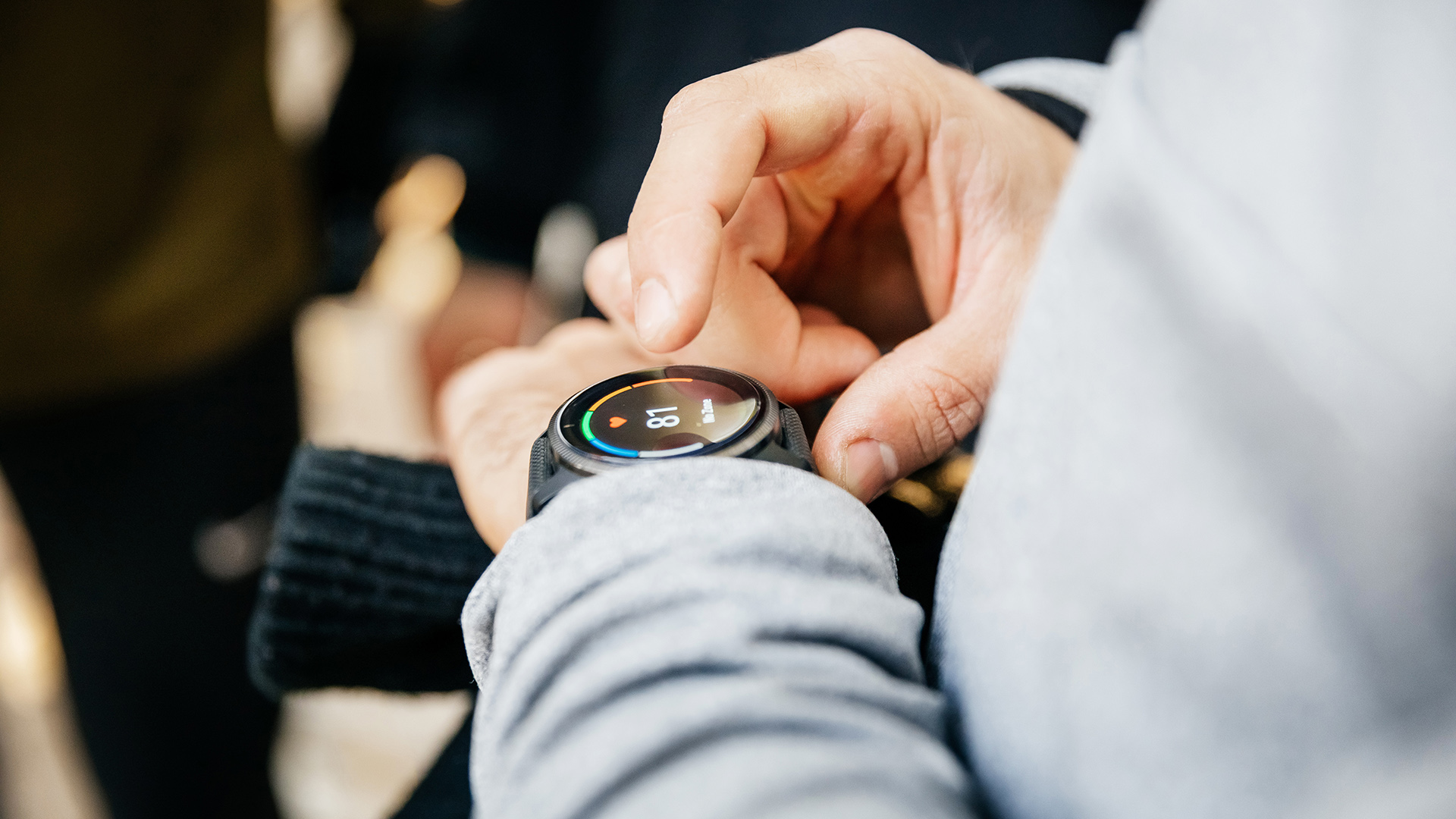 AI in wearables: what we expect to see in 2025
AI in wearables: what we expect to see in 2025AI is set to upgrade your smartwatch, smart right, and other wearables, adding new features like smart fitness tracking
By Max Slater-Robins Published
-
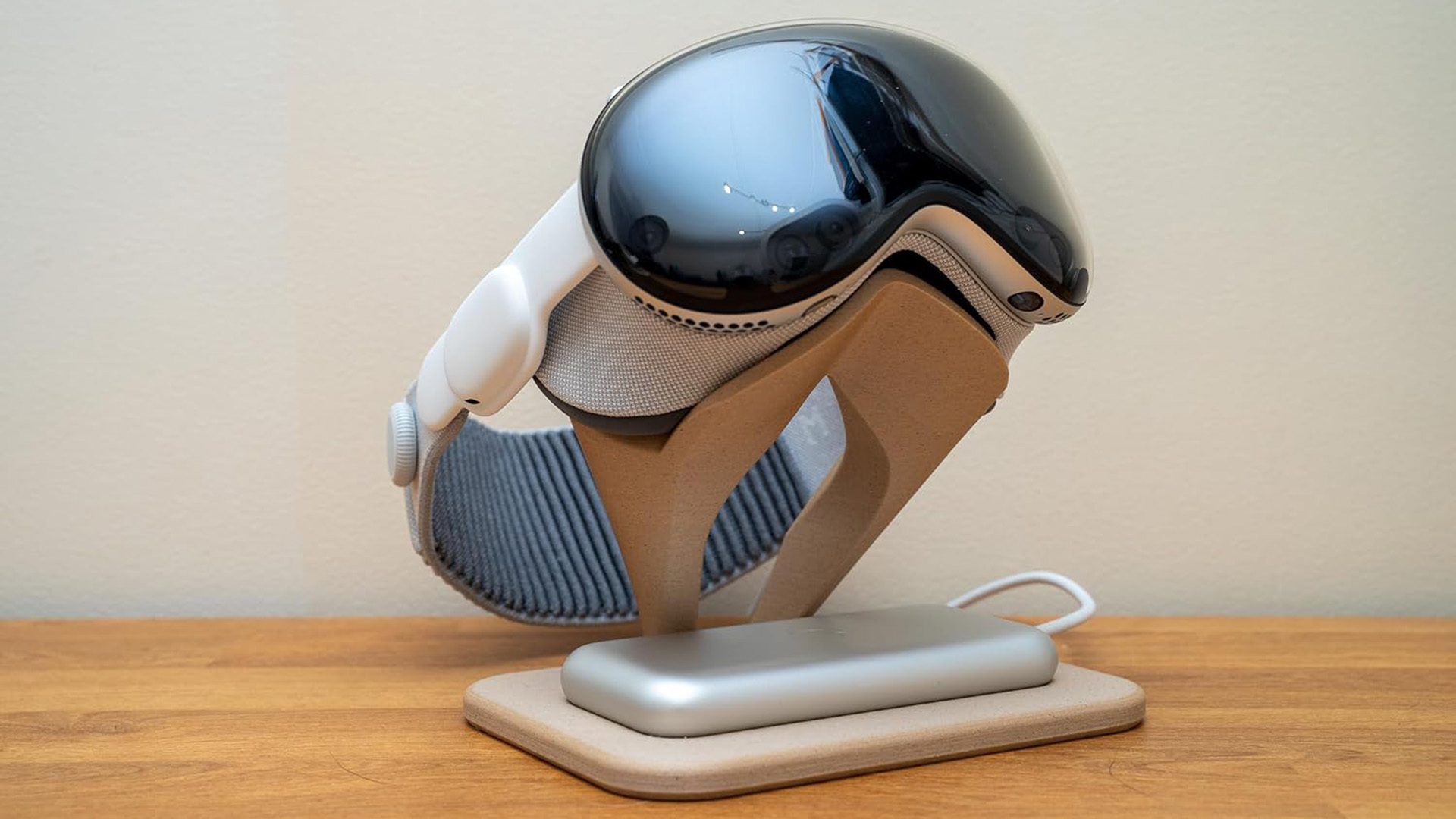 Samsung's Vision Pro rival could come with a neat charging case
Samsung's Vision Pro rival could come with a neat charging caseSamsung might be cooking something up
By Max Freeman-Mills Published
-
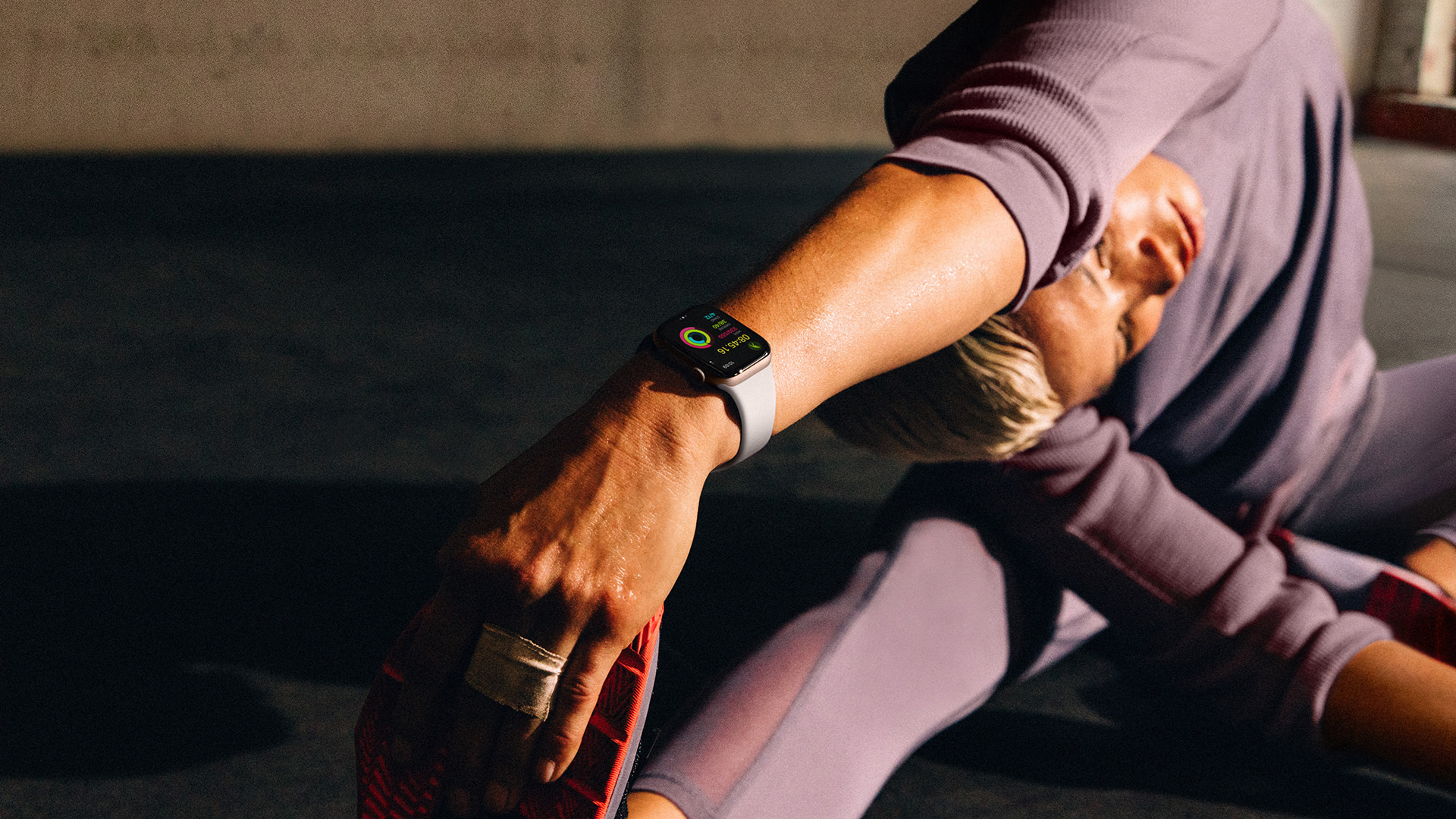 Sleep apnea feature is coming to Apple Watch – here’s how it works
Sleep apnea feature is coming to Apple Watch – here’s how it worksMy favourite new Apple Watch feature is all about sleep
By Bethan Girdler-Maslen Published
-
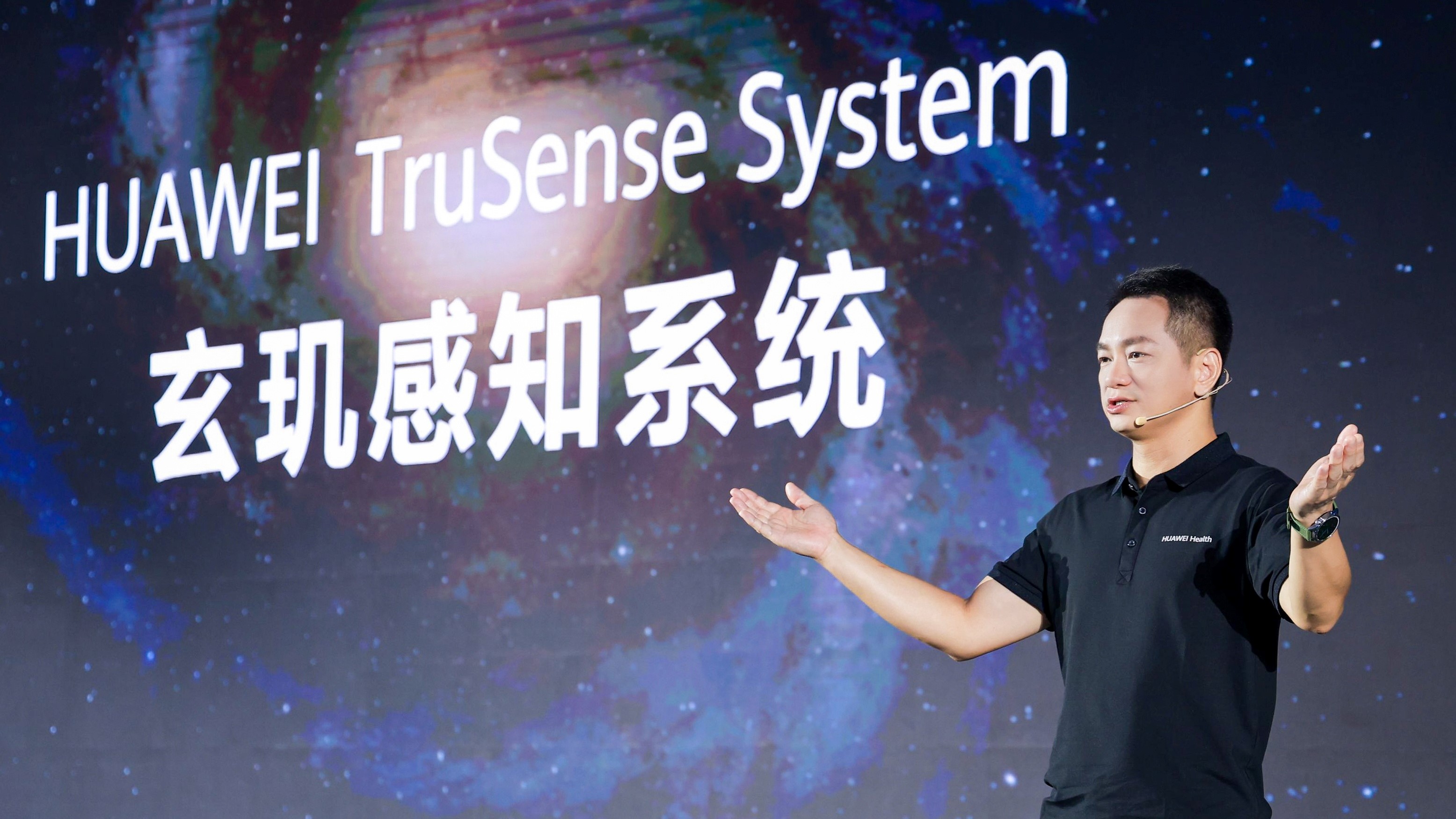 Huawei unveils significant update to enhance accuracy, speed and comprehensiveness of health monitoring
Huawei unveils significant update to enhance accuracy, speed and comprehensiveness of health monitoringHuawei TruSense System has laid the foundations for the next decade of wearable devices
By T3.com Published
-
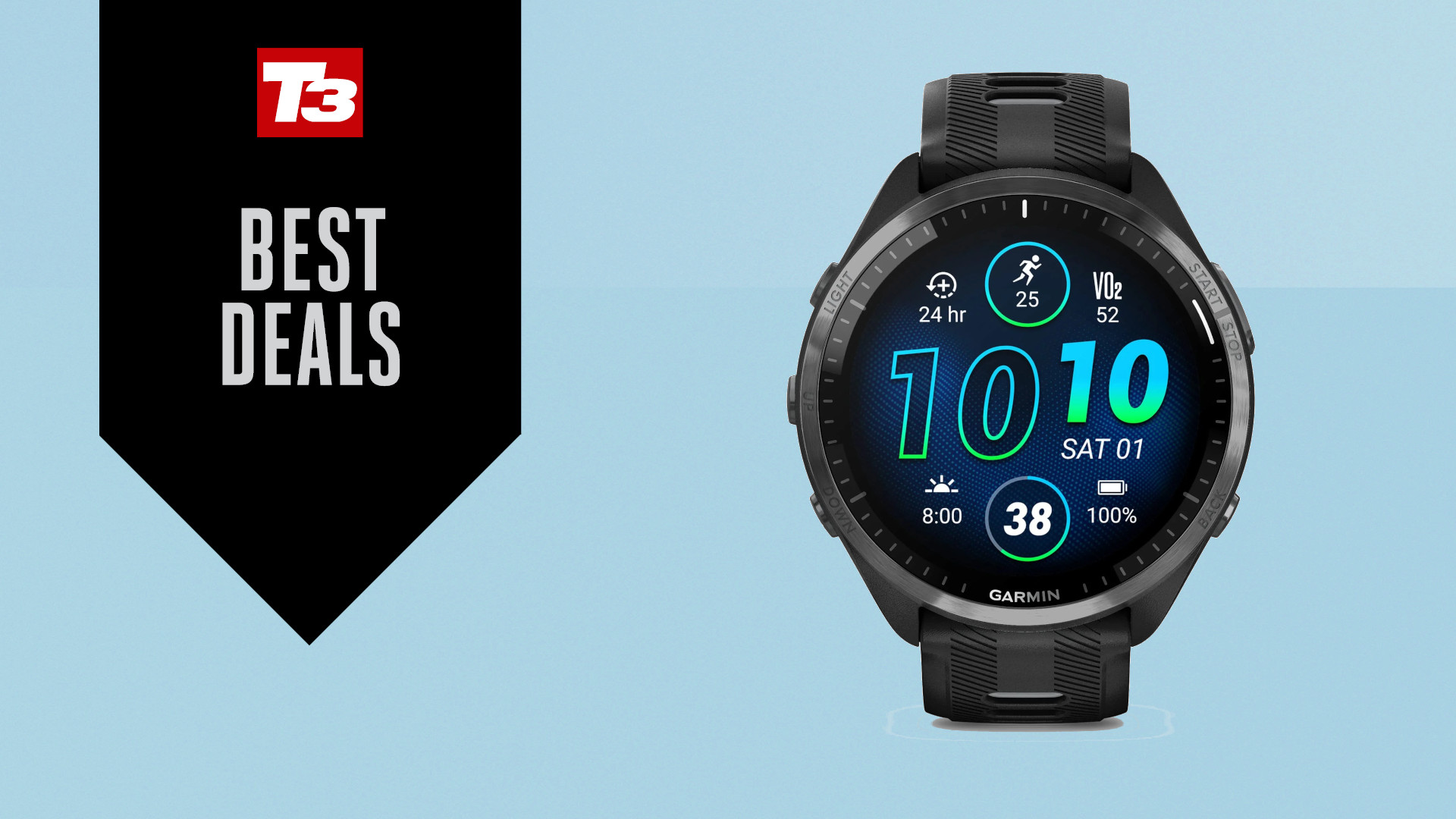 This top Garmin watch rarely gets discounted – now it’s got $100 off!
This top Garmin watch rarely gets discounted – now it’s got $100 off!The Forerunner 965 is Garmin’s best multisport watch (in our humble opinion)
By Bryony Firth-Bernard Published
-
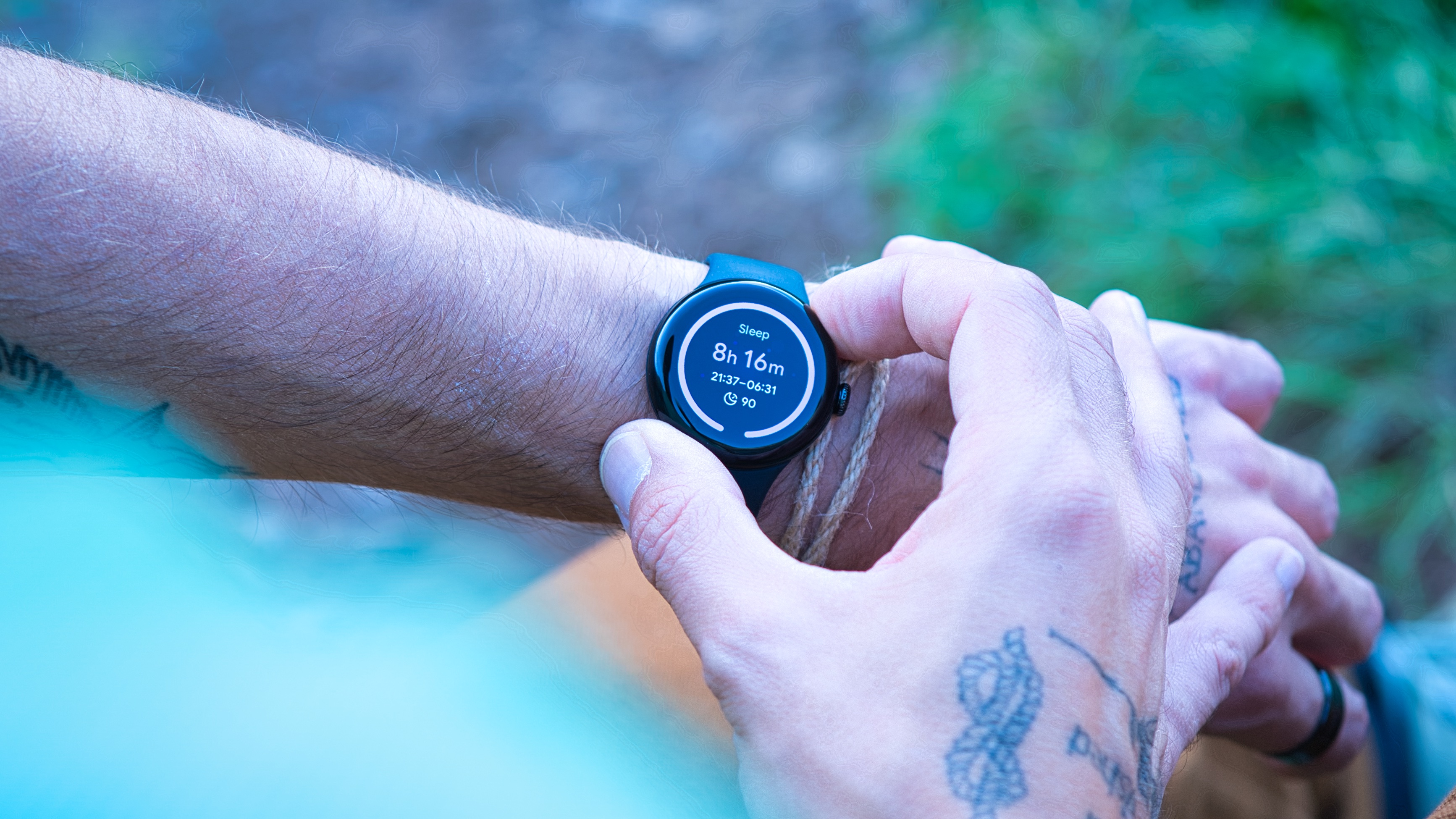 There won't be a Google Pixel Watch 3 XL according to this leak
There won't be a Google Pixel Watch 3 XL according to this leakIt's all semantics, though
By Max Freeman-Mills Published
-
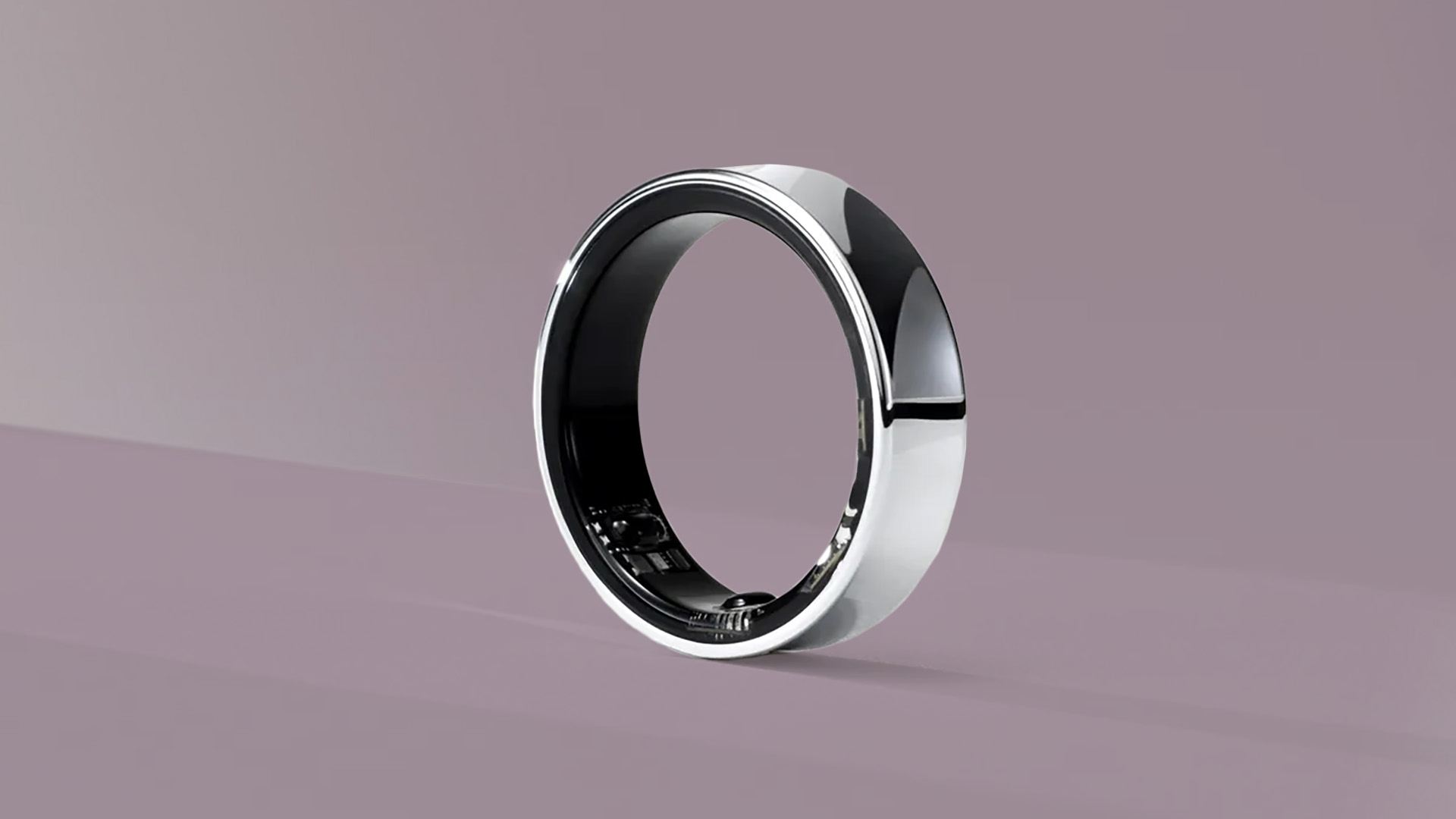 Samsung Galaxy Ring works on other Android phones – even iPhone could happen soon
Samsung Galaxy Ring works on other Android phones – even iPhone could happen soonThere is a catch though
By Britta O'Boyle Published
-
 Samsung Galaxy Ring said to cost as much as a PlayStation 5
Samsung Galaxy Ring said to cost as much as a PlayStation 5A price leak suggests the Galaxy Ring could be more expensive than we'd hoped
By Britta O'Boyle Published